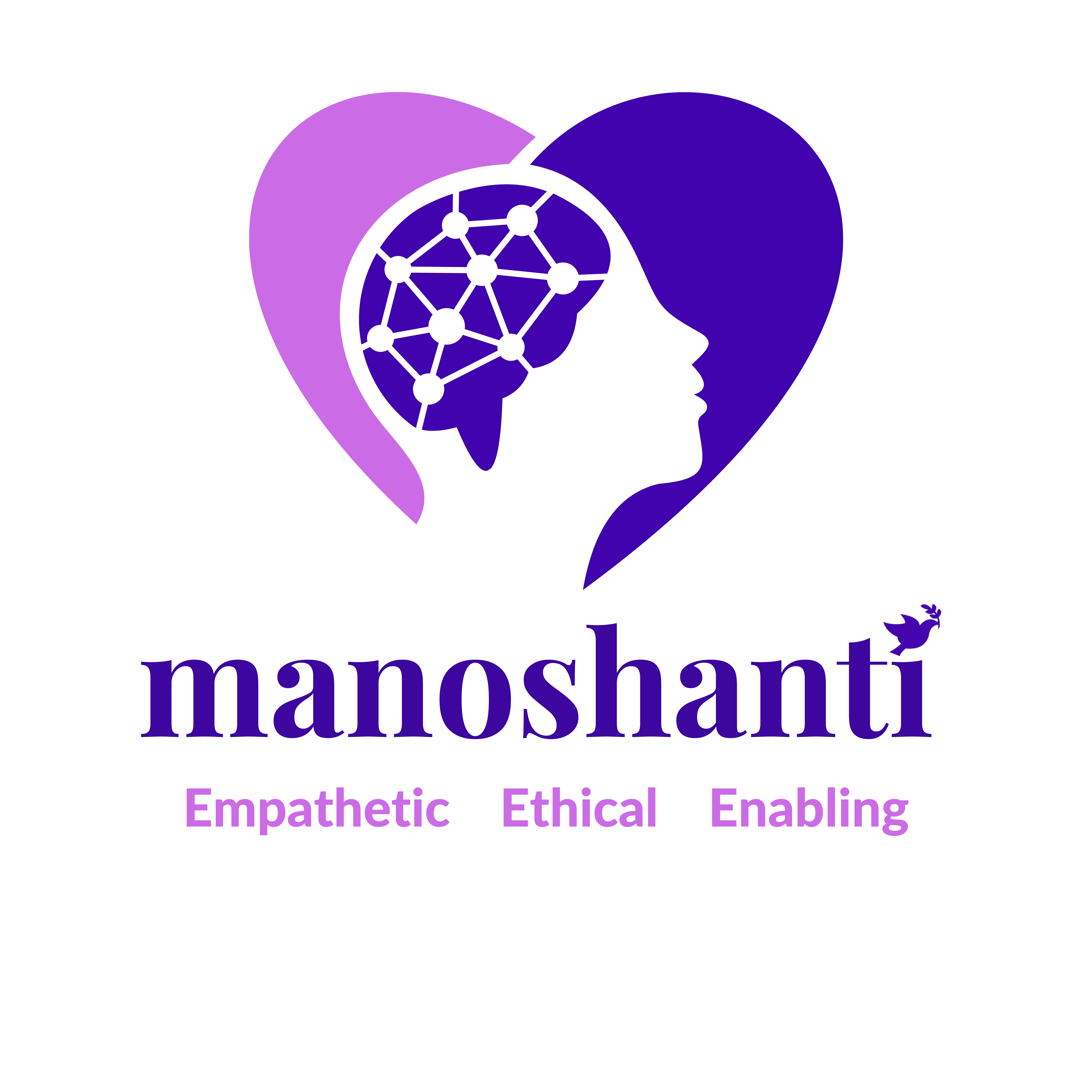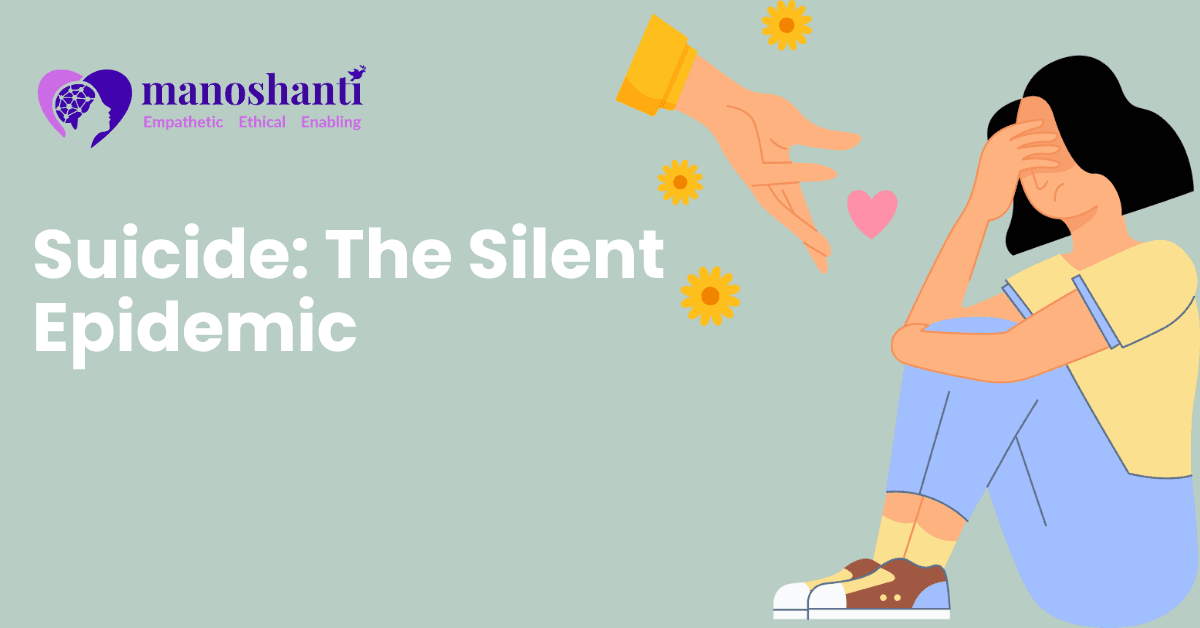Mental Health Challenges for Doctors in Modern Healthcare
The life of a doctor is often glorified as one of heroism and service. Yet behind the white coat lies a complex web of mental health challenges. From long, unpredictable hours to the emotional toll of patient care, today’s physicians face stressors that can erode wellbeing and professional satisfaction. Addressing these issues head-on is essential not just for doctors themselves, but for the quality of care they provide.
The Growing Stress of Extended Hours
Modern healthcare demands round-the-clock coverage, and many doctors routinely work 60- to 80-hour weeks. Extended shifts disrupt sleep patterns, impair judgment, and heighten the risk of burnout. Studies link chronic overwork to increased rates of depression, anxiety, and even suicidal ideation among physicians. When rest becomes a luxury, small mistakes and emotional exhaustion can escalate into serious health and safety hazards.
Work-Life Balance: A Gendered Perspective
Achieving balance looks different for male and female doctors. Male physicians often feel pressure to prioritize work, since cultural norms still reward “being always on call.” Female doctors, however, juggle dual expectations: excelling clinically while managing household responsibilities. Even with day-care and partner support, many find themselves squeezed between evening surgeries and school pickups. This relentless tug-of-war fuels guilt, fatigue, and a sense that neither role is being done well.
Caregiving Responsibilities Beyond the Clinic
Adding another layer of complexity, a growing number of doctors serve as caregivers for elderly parents or ill spouses. These “sandwich generation” physicians split time between hospital wards and family rooms. Navigating complex medical needs at home while bearing the weight of institutional care can feel overwhelming. The constant mental shift—between patient charts and personal caregiving plans—fragments focus and erodes emotional reserves.
Societal Expectations and the Pressure to Endure
Doctors are often viewed as selfless pillars of community health, immune to stress or human frailty. This “superhero” expectation discourages physicians from seeking help. Admitting to mental health struggles can be stigmatized as weakness or career- jeopardizing. Institutional cultures that reward stoicism over self-care compound the harm. When healers must hide their own wounds, neither they nor their patients truly benefit.
Honoring Healers: This Year’s Doctor’s Day Theme
In India, National Doctors’ Day is observed on July 1 to commemorate the birth and death anniversary of Dr. Bidhan Chandra Roy, a pioneer in public health and former Chief Minister of West Bengal. Each year brings a specific theme; for 2025, it is “Behind the Mask: Who Heals the Healers?”—a poignant call to recognize and address the mental health and emotional needs of medical professionals.
Practical Tips for Time Management
- Prioritize with a Daily “Top Three”: Each morning, jot down the three most critical tasks. This focus prevents important duties from being overshadowed by crises.
- Time-Blocking: Allocate set blocks for patient rounds, paperwork, teaching, and personal time. Even a 15-minute “micro-break” can reset your mental energy.
- Delegate and Collaborate: Lean on nurses, PAs, and administrative sta . Sharing nonclinical tasks preserves your bandwidth for direct patient care and self-care.
- Boundaries on Technology: Set “digital curfews” to stop checking emails after a certain hour. Continuous alerts fracture attention and extend work into personal time.
Exercise Strategies to Counter Stress
Physical activity is a cornerstone of stress relief. A doctor’s routine might include:
- Brisk Walking or Jogging (30 minutes, 4 times/week): Elevates mood-lifting endorphinsand combats fatigue.
- Yoga or Pilates (2 times/week): Builds core strength, improves flexibility, and integratesmindful breathing to quell anxiety.
- High-Intensity Interval Training (HIIT) (20 minutes, 2 times/week): A time-e icient wayto spark cardiovascular health and mental alertness.
- Resistance Training (2 times/week): Preserves muscle mass, which dwindles underconstant cortisol exposure and sedentary habits.
Preserving Cognitive Health in Midlife
As doctors enter their 40s and 50s, maintaining sharp cognition becomes vital. Strategies include:
- Lifelong Learning: Engage in new specialties, attend workshops, or take up a nonmedical course—novel intellectual challenges strengthen neural networks.
- Balanced Nutrition: Emphasize omega-3 rich foods (flaxseed, walnuts) and antioxidants (berries, dark leafy greens) to protect brain cells.
- Quality Sleep: Aim for 7–8 hours nightly by practicing good sleep hygiene—consistent bedtimes, screen-free hours before rest, and a cool, dark environment.
- Mindfulness and Meditation: Even 10 minutes daily can reduce hippocampal shrinkage linked to chronic stress.
- Social Engagement: Regularly connect with colleagues, friends, and family. Rich social interactions are correlated with slower cognitive aging.
- Brain-Training Activities: Crossword puzzles, strategy games, or even learning a musical instrument stimulate cognitive reserve and slow memory decline.
By shining a light on the concealed struggles of doctors—from grueling hours to caregiving burdens and gendered expectations—we can begin to dismantle the stigma surrounding physician mental health. This Doctor’s Day theme, “Behind the Mask: Who Heals the Healers?”, reminds us that the people who care for our physical ailments deserve compassion and support for their own emotional well-being. Through practical time management, targeted exercise, and proactive cognitive care, doctors can cultivate resilience. Ultimately, healthier physicians translate into healthier patients and a stronger healthcare system for us all.





